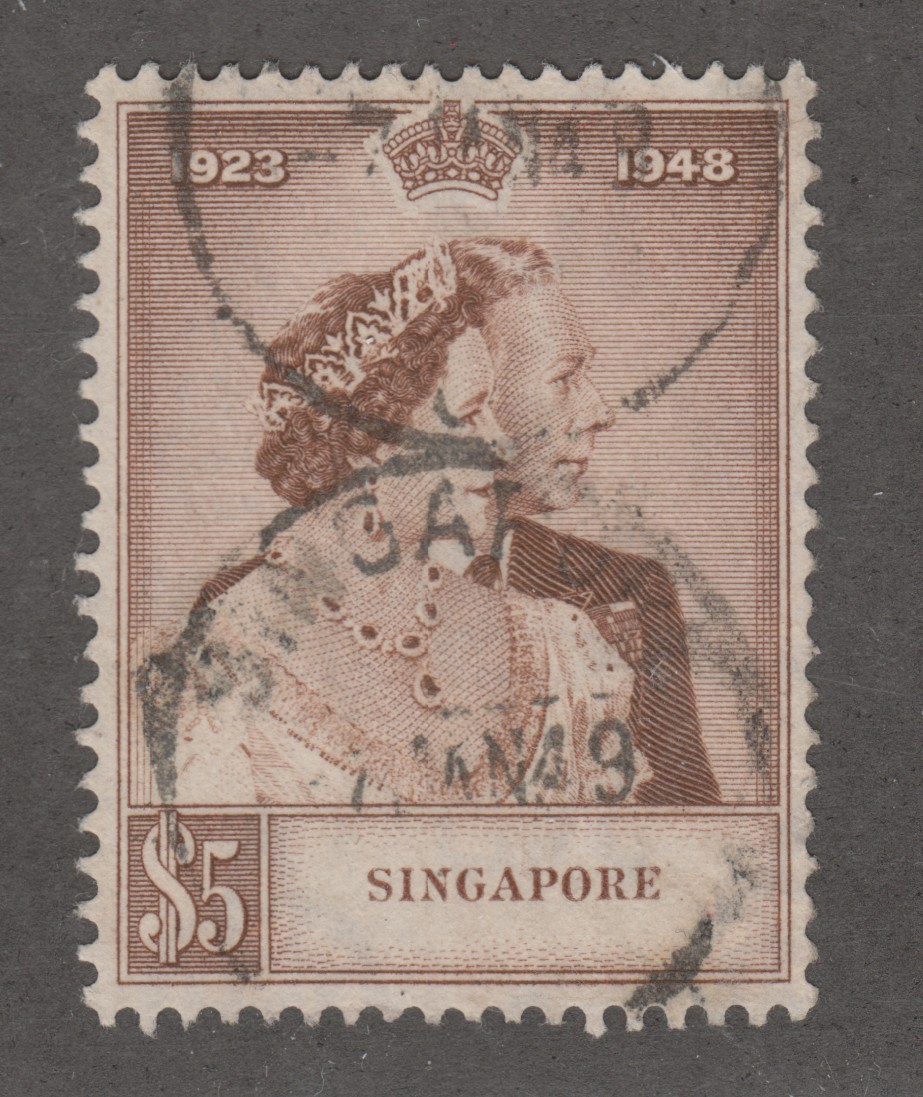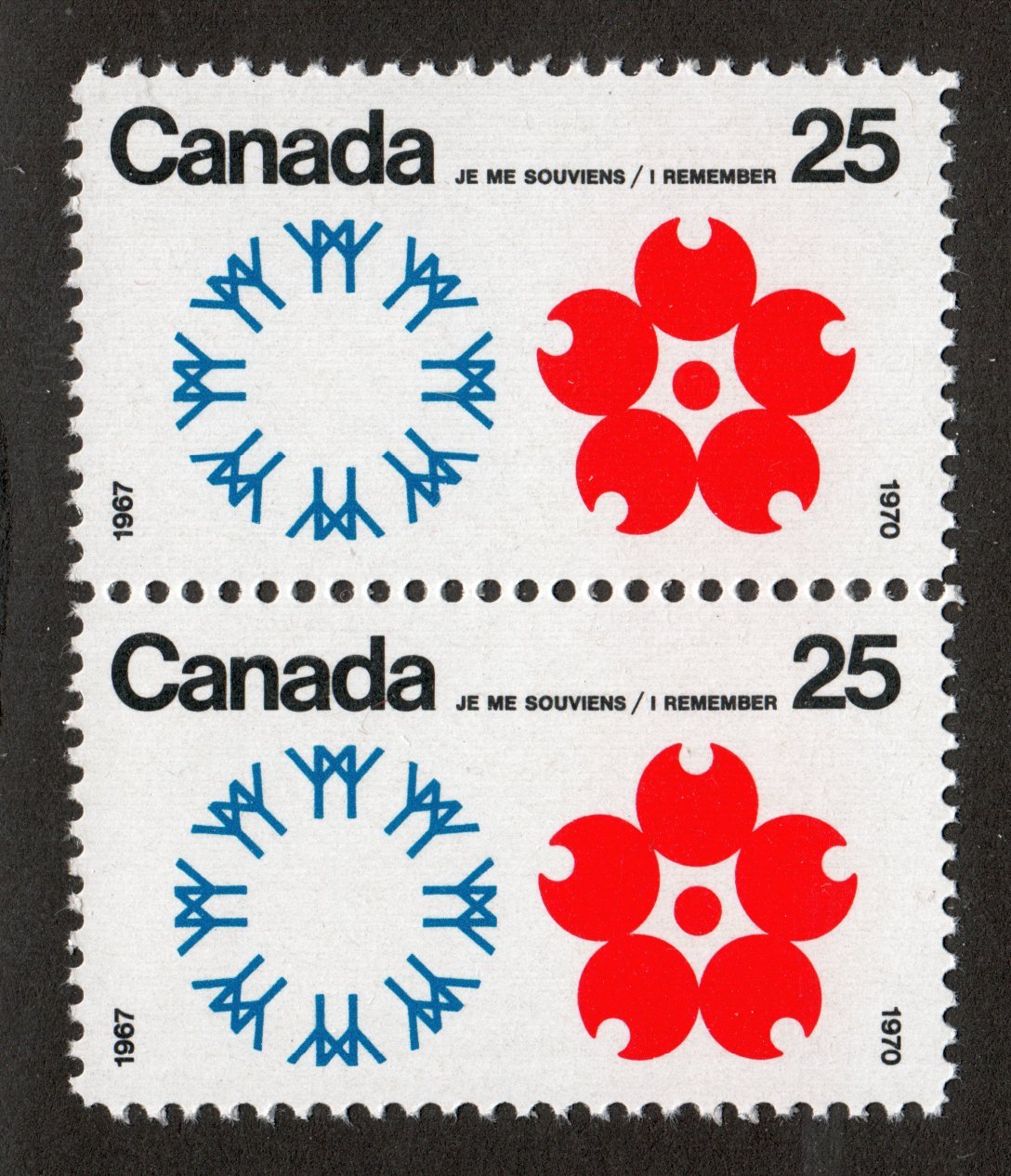
Discussion - Member to Member Sales - Research Center

Discussion - Member to Member Sales - Research Center

One of the many characteristics I am able to evaluate, given the large number of cut squares to work with, is paper color variations. The United Postal Stationery Society's Catalog of the 19th Century Stamped Envelopes, Lettersheets, and Wrappers of the United States discusses postal stationery papers in the “Introduction.” The section “White Paper (1853 to present)” includes the following regarding creamy white paper.
“Creamy White (Laid) — Much of the white paper has a creamy appearance, particularly the issues around 1890. The contract for the 1893 Columbian envelopes called for a special creamy white paper.”
In the back of the catalog, the UPSS includes a page showing the various paper colors. Creamy white is included as a variant of white paper. However, creamy white is not listed separately in their catalog as a paper color for the 2c Washington (Die 88) and is listed only for a single envelope type for the 1c Franklin (Die 83) stationery from the early 1890s. Scott does not list the creamy white paper color at all.
The two scans below show the fronts and backs of 14 examples of what I consider to be creamy white paper. Among the many thousands of the cut squares I have evaluated, only 23 have this creamy shade of white that is noticeably different from the normal “white” paper. This difference is apparent when seen next to the typical white paper. See the bottom of the second scan.
When the UPSS catalog authors say “much” of the white paper “around 1890” is creamy, they may be referring to the fact that much of the white paper is not a very bright white. Rather, it is very slightly creamy. From what I have seen, the bright white paper is less common than the creamy white paper. I am not convinced their reference to creamy paper is the same as what I am focusing on here.
I hope this is useful information for anyone looking beyond the catalog limitations associated with postal stationery colors of this era. I have also identified other paper characteristics where I have identified only one or two examples so far. It never ends…………! I am still a novice and comments are welcome.



Login to Like
this post

I know this is off in the weeds for most of you, but wanted to share this information for the one or two of you that may have an interest in one of the postal stationery paper color variations. I have previously posted info relating to the many thousands of early 1890s cut squares I inherited from Dad nearly 20 years ago. They were collected in Union City, Indiana, near where Dad (and his dad) and I grew up. Most were collected in the 1891 to 1893 time frame. The fact that they came from a single city and a very narrow time period makes them unique. So I have been trying to learn more about them as time allows and then share what I’m learning.
One of the many characteristics I am able to evaluate, given the large number of cut squares to work with, is paper color variations. The United Postal Stationery Society's Catalog of the 19th Century Stamped Envelopes, Lettersheets, and Wrappers of the United States discusses postal stationery papers in the “Introduction.” The section “White Paper (1853 to present)” includes the following regarding creamy white paper.
“Creamy White (Laid) — Much of the white paper has a creamy appearance, particularly the issues around 1890. The contract for the 1893 Columbian envelopes called for a special creamy white paper.”
In the back of the catalog, the UPSS includes a page showing the various paper colors. Creamy white is included as a variant of white paper. However, creamy white is not listed separately in their catalog as a paper color for the 2c Washington (Die 88) and is listed only for a single envelope type for the 1c Franklin (Die 83) stationery from the early 1890s. Scott does not list the creamy white paper color at all.
The two scans below show the fronts and backs of 14 examples of what I consider to be creamy white paper. Among the many thousands of the cut squares I have evaluated, only 23 have this creamy shade of white that is noticeably different from the normal “white” paper. This difference is apparent when seen next to the typical white paper. See the bottom of the second scan.
When the UPSS catalog authors say “much” of the white paper “around 1890” is creamy, they may be referring to the fact that much of the white paper is not a very bright white. Rather, it is very slightly creamy. From what I have seen, the bright white paper is less common than the creamy white paper. I am not convinced their reference to creamy paper is the same as what I am focusing on here.
I hope this is useful information for anyone looking beyond the catalog limitations associated with postal stationery colors of this era. I have also identified other paper characteristics where I have identified only one or two examples so far. It never ends…………! I am still a novice and comments are welcome.



Login to Like
this post

